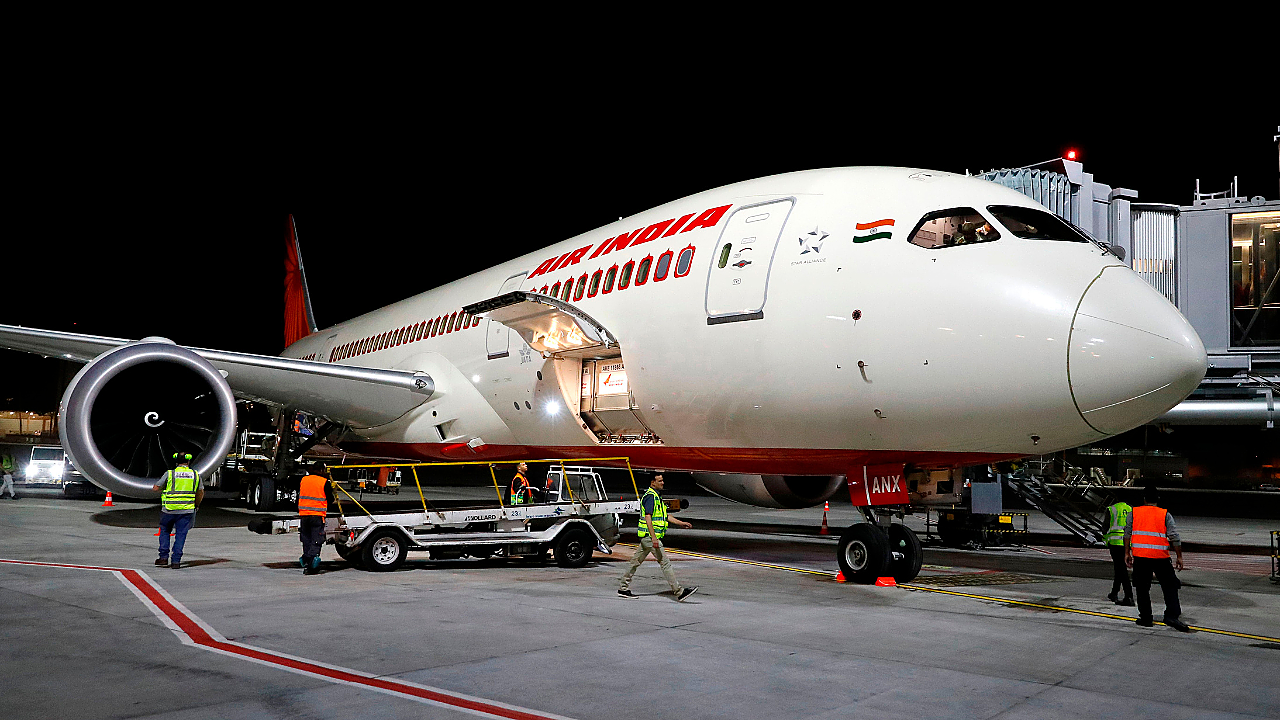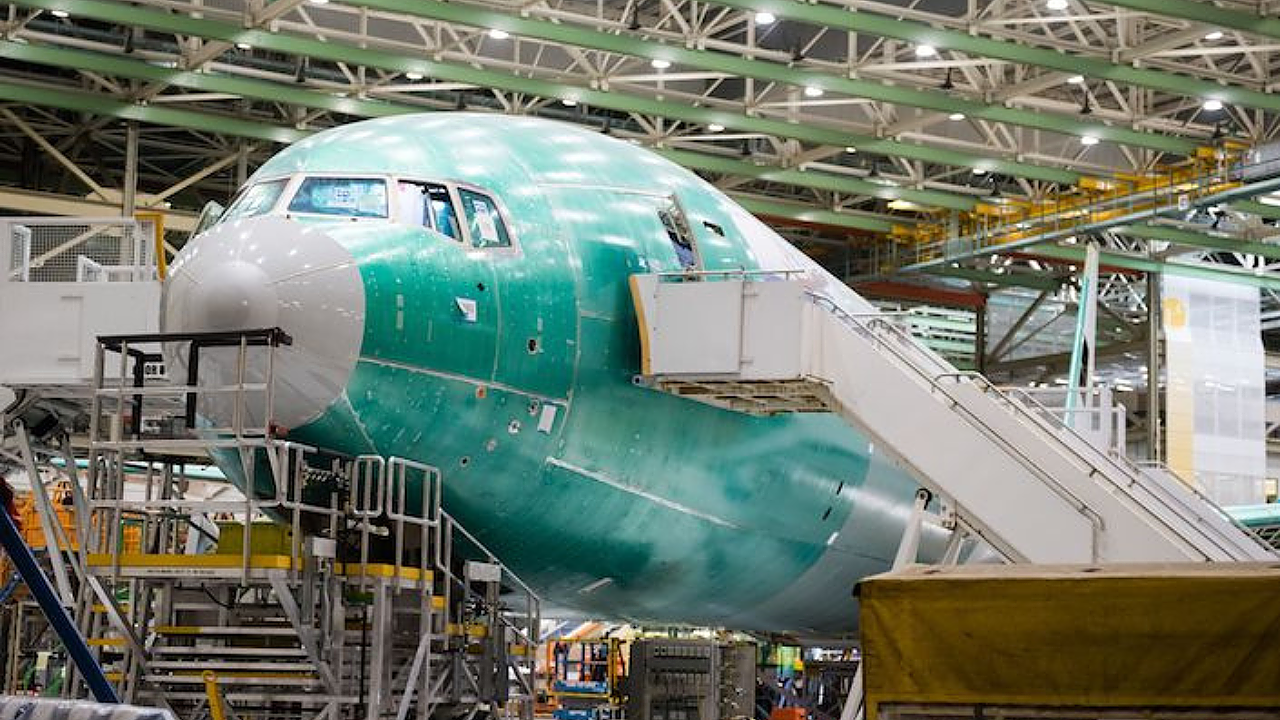
Air India recently placed the world’s largest order of 470 aircraft worth approximately $80 billion, including narrow-body and wide-body aircraft with Airbus and Boeing. The Indian airline also has the option to purchase an additional 370 aircraft.
Similarly, in 2022, four Chinese airlines, including Air China, China Eastern, China Southern, and Shenzhen Airlines, ordered a total of 292 A320 family aircraft.
Both India and China are expected to build 300 airports by 2035, driven by a growing middle-class population and the large land parcels available in both countries. Unlike Europe and the US, the demand for new aircraft in India and China is due to an increase in aircraft fleets rather than replacing aging ones.
China has aircraft assembly and Maintenance, Repair, and Overhaul (MRO) set-ups from western aircraft and engine OEMs. Additionally, China has developed and introduced its locally built regional jet, the ARJ21, which has received airworthiness certification from European Aviation Safety Agency, but not yet from the Federal Aviation Administration.
China’s upcoming narrow-body aircraft platform, C919, is expected to enter service by the end of 2023. These developments showcase China’s desire to reduce its dependence on western-built commercial aircraft.
India Needs A Strong MRO Set-up
In contrast, India does not have any commercial aircraft assembly lines nor a strong MRO set-up like China. Indian-based airlines go to the Middle-East and Southeast Asia for heavy maintenance work, leading to significant capital leakage in forex.
But Air India’s mammoth order has attracted the attention of the western world, as well as local aerospace companies and start-ups in similar fields. These companies are analysing how they can leverage the strong order book of Air India to increase their growth opportunities by leveraging the benefits provided by the Indian government’s initiatives.
Under the Government of India’s Make in India initiative, India will open a manufacturing facility for producing Airbus C295 transport aircraft. Similar efforts are needed for opening a manufacturing facility for commercial jets. India should leverage the advantage of the ailing relationship between China and the US and aim to get a commercial aircraft manufacturing facility of the 737Max from Boeing, similar to the Airbus A320 assembly plant in Tianjin, China.
Furthermore, India has decades of experience in manufacturing parts for commercial aircraft and providing MRO services. For instance, Tata Boeing Aerospace manufactures vertical fin structures for the 737 aircraft and Air Works is providing MRO service for commercial aircraft. These companies should develop a business case for western aerospace companies and showcase the benefits of expanding parts production facility and increase their MRO footprint.

More Local Training Needed
In recent years, the DGCA-approved Hansa NG, an indigenous trainer aircraft developed by Council of Scientific and Industrial Research – National Aerospace Laboratories.
At present, 40% of the total commercial pilot licenses are provided to cadets trained abroad, leading to a high probability of minimising the exodus, if local flight training schools update their infrastructure and use the locally made flight trainer Hansa. Flight training schools can also work in partnership with airlines to understand their requirements and help them fill the flight cadet gap with ease.
India-based airlines expected to give large orders for commercial aircraft makes it a lucrative market for setting up aircraft leasing offices. It will also attract aircraft lessors operating from Dubai and Singapore due to tax benefits.
Opening offices in India’s Special Economic Zones can significantly reduce the cost of operations for companies in the aircraft leasing industry and make them more competitive. A SEZ offers various tax benefits to companies operating within its boundaries, including a tax holiday for the first five years and reduced tax rates for the next five years.
Finally, the Indian aerospace companies can partner with local technology companies and tap into new growth opportunities in the field of electrification and sustainability. They can set up dedicated research labs in collaboration with western aircraft and aircraft engine OEMs to make research operations economical and sustainable in the long term.
About the Author: Waseem Ahmed Khan is Senior Industry Analyst, Aerospace & Defense at Frost & Sullivan
Also Read
Air India Moves To Phase-2 Vihaan.AI Transformation Programme